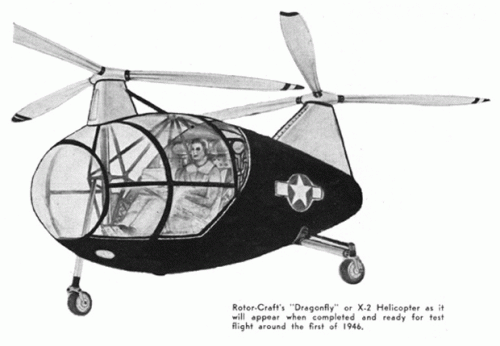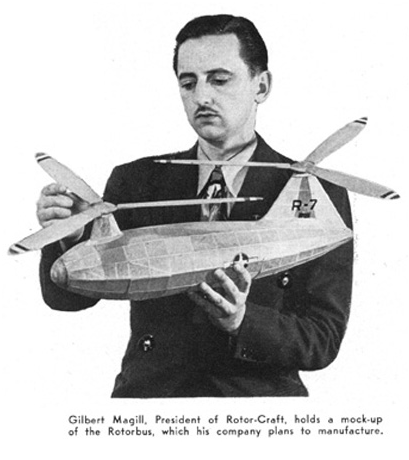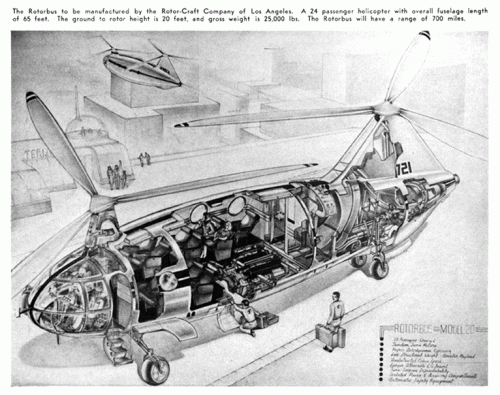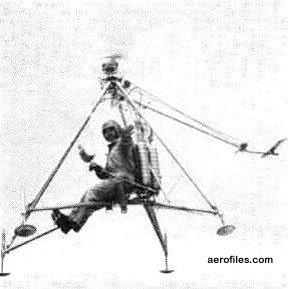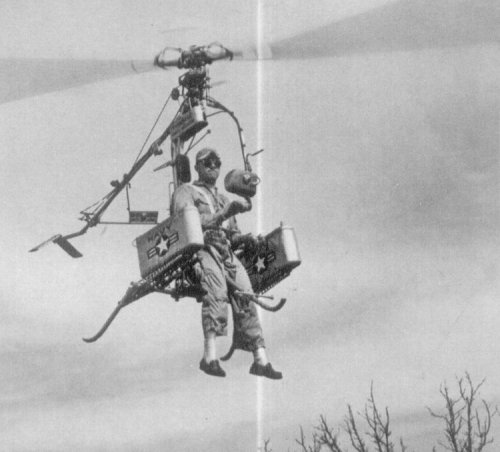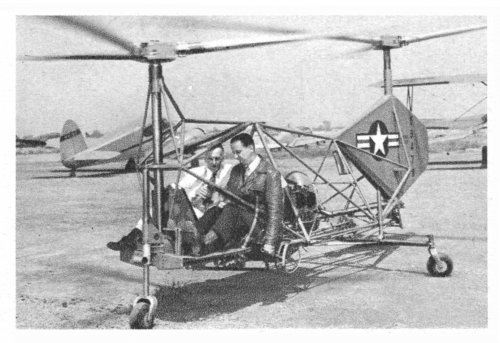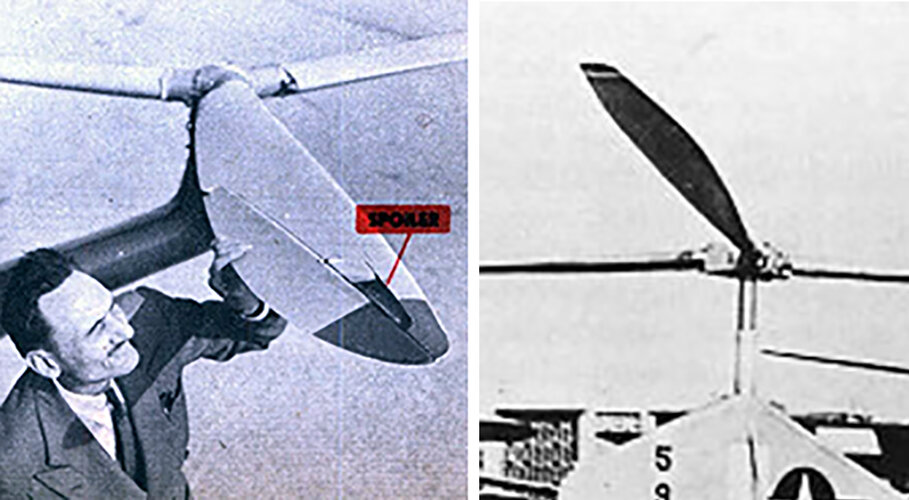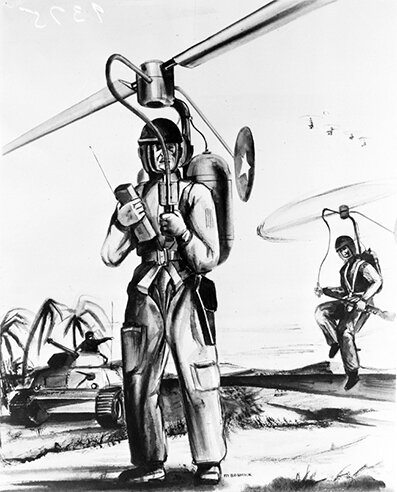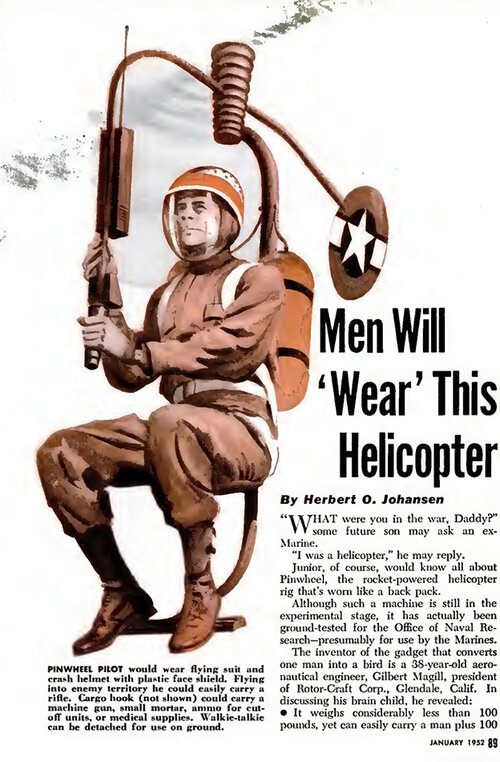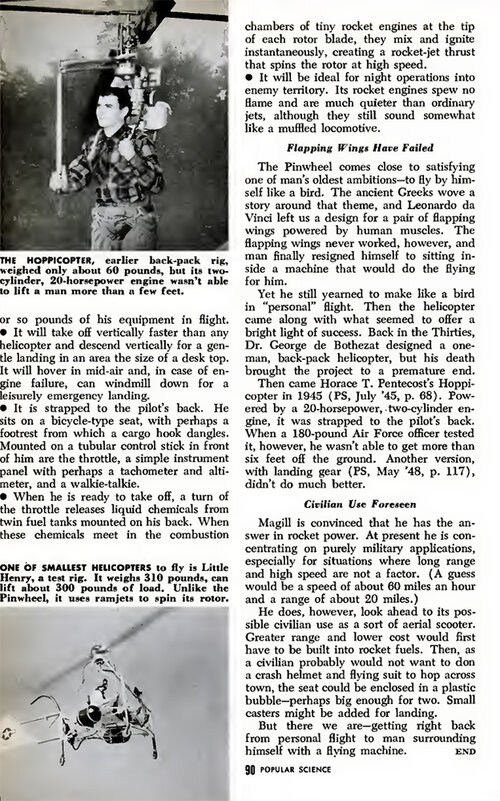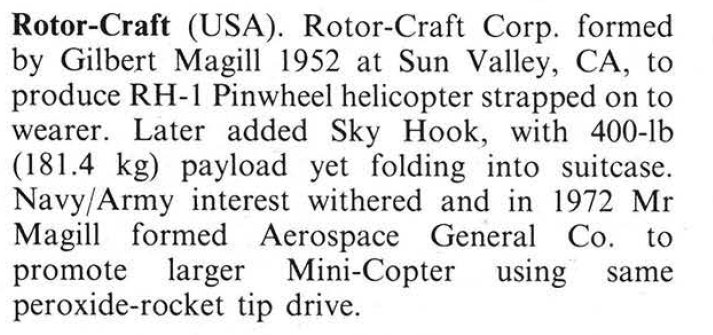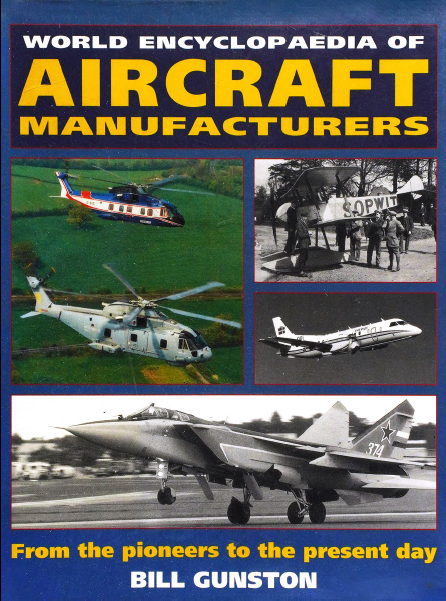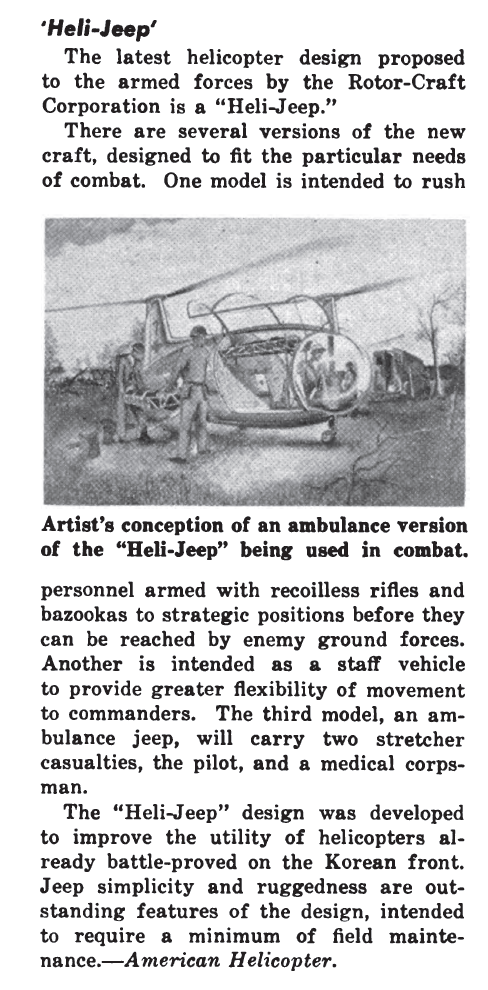- Joined
- 25 June 2009
- Messages
- 13,735
- Reaction score
- 2,915
Out of the myriad helicopter companies that mushroomed in the immediate aftermath of World War II, few actually managed to exist for more than a handful of years. Among these, the Rotor-Craft Co. (later Rotor-Craft Corp.) of Los Angeles , Calif. (later Glendale) was created in 1946 but soon disappeared into oblivion. And yet it was a proponent of several very interesting designs, some of which even were tested in prototype form by the military.
NOTE: Rotor-Craft is NOT to be mistaken for the later British company Rotorcraft (in one word) which produced the Grasshopper.
- The two-seat X2A Dragonfly prototype, powered by a Continental A100 engine, was purchased by the Army as the XR-11 (later XH-11), with serial 45-9478 and tested in 1948. The company envisaged a large plexiglass cabin on the production variant, but the prototype had none of it and was pretty basic by comparison. It is unsure if it actually flew as no pictures of it in flight seem to exist.
- The ambitious Model 20 Rotorbus, an enlarged civilian derivative of the Dragonfly with 1,500 hp total power, which was to accomodate 24 passengers.
- The Heli-Jeep, a two-seat twin-rotor project mentioned circa 1950, which may or may not have been built.
- An unidentified prototype which may have been the forerunner of the RH-1.
- The rocket-powered RH-1 Pinwheel, a diminutive one-man, strap-on-the-back helicopter which was evaluated in 1954 by the Navy's NATC at Patuxent River.
NOTE: Rotor-Craft is NOT to be mistaken for the later British company Rotorcraft (in one word) which produced the Grasshopper.

